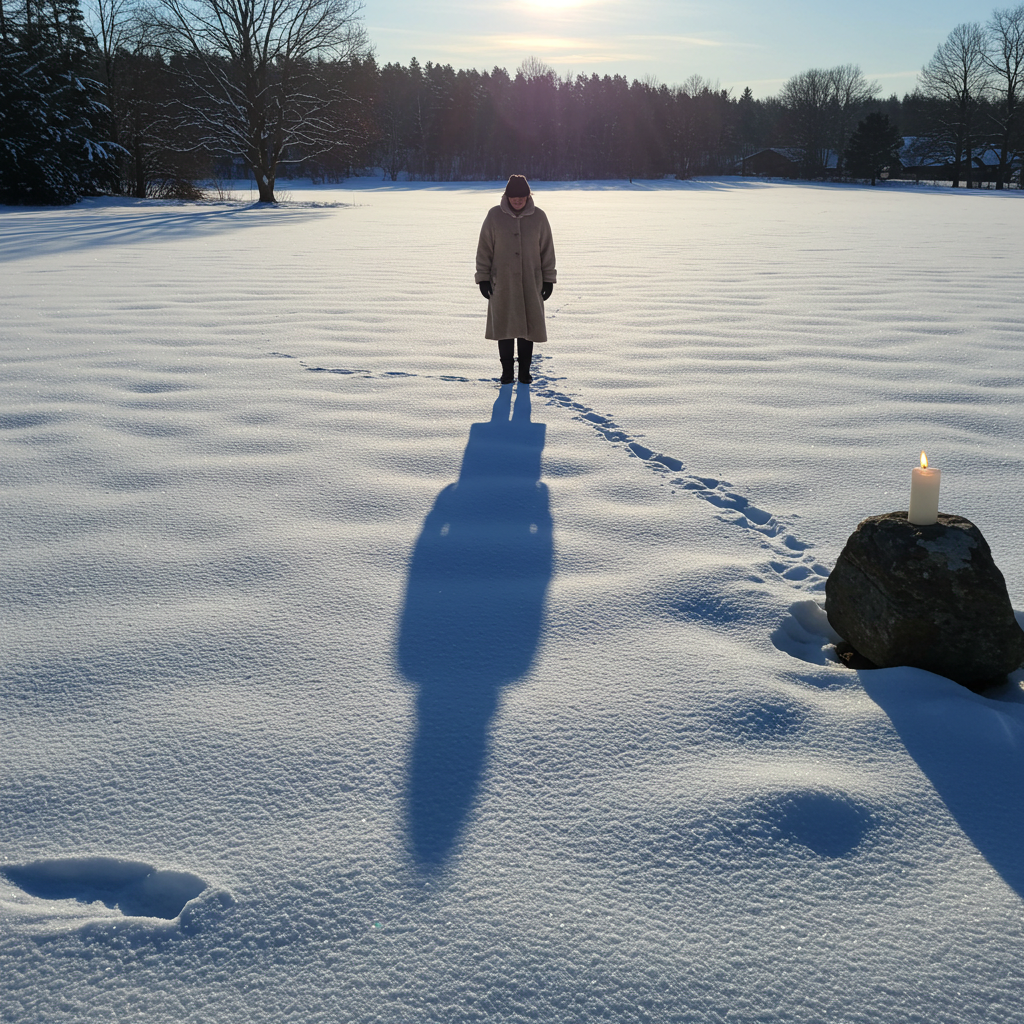According to European weather folklore—particularly Germanic traditions that later evolved into American Groundhog Day—observing one’s own shadow clearly on February 2nd (Candlemas/Imbolc) foretells six additional weeks of winter weather rather than early spring arrival. This meteorological divination supposedly works because clear, sunny conditions producing visible shadows indicate stable high-pressure systems likely to continue cold patterns, while cloudy shadowless days suggest changing weather patterns that might bring earlier warming. The tradition sometimes specifies observation timing (specifically at noon) and encompasses both human and animal shadow observation, with the groundhog eventually becoming the specialized observer in American adaptations.

A baby’s future career or fate is predicted by the first object they select during a ceremonial setup.
In several Asian and Eastern European cultures, a traditional ceremony is held for babies usually around their first birthday. Known


